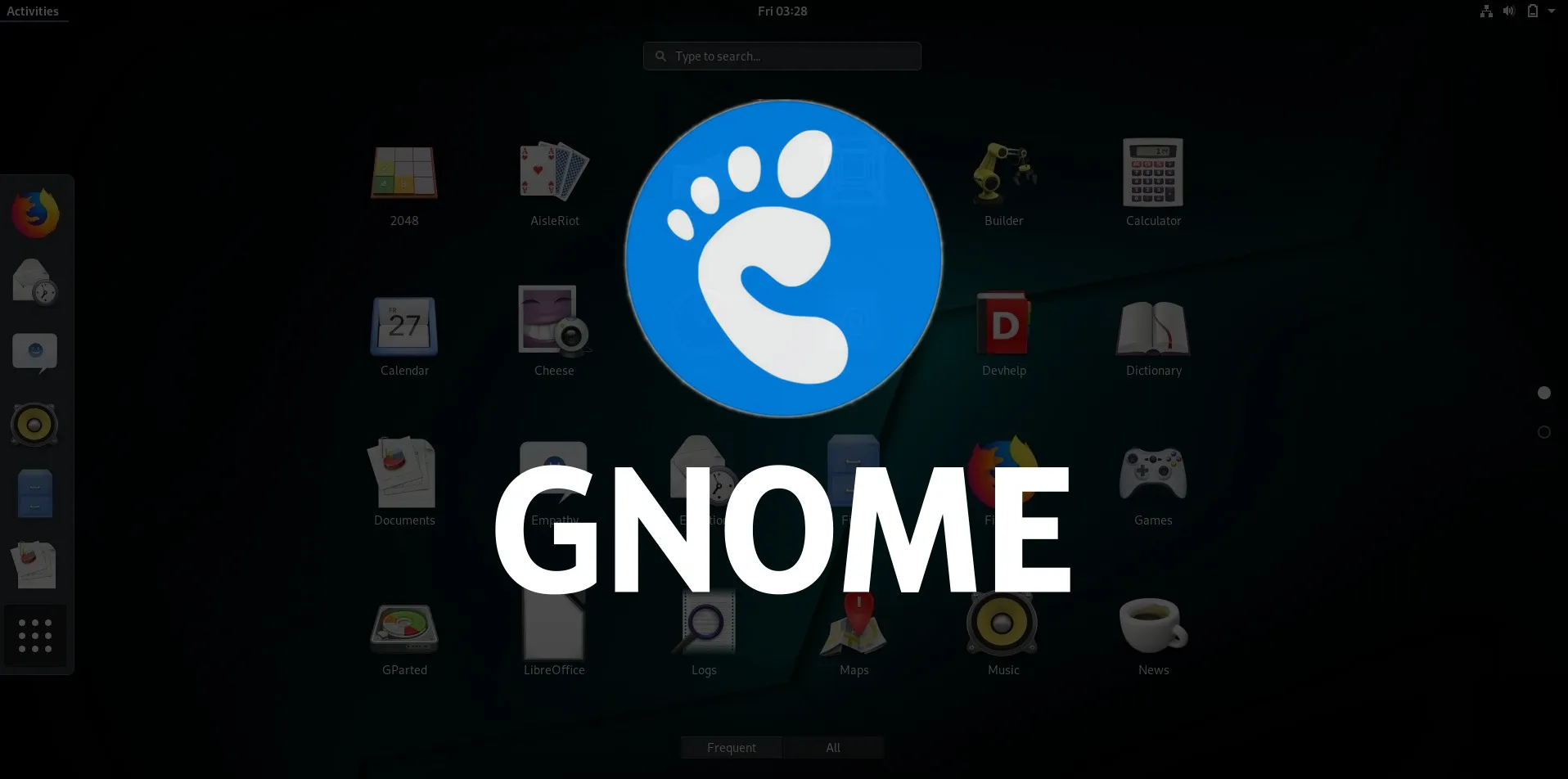Choosing GNOME Over KDE as My Everyday Desktop Environment
When it comes to selecting a desktop environment for our daily computing needs, the choices can be overwhelming. As a user who values a balance between simplicity and functionality, I found myself gravitating towards GNOME over KDE. In this blog post, I’ll delve into the reasons behind my decision and why GNOME has become my go-to choice for an everyday desktop environment.
-
- Clean and Intuitive Design
One of the first things that drew me to GNOME is its clean and intuitive design. The user interface is uncluttered, with a focus on minimalism and ease of use. The activities overview and dynamic workspaces make multitasking a breeze, allowing me to seamlessly switch between applications and manage my workflow more efficiently.
-
- Streamlined User Experience
GNOME’s user experience feels polished and consistent throughout. From the top bar with its centralized activities menu to the application launcher, there’s a sense of coherence that enhances my overall interaction with the system. This uniformity not only looks visually appealing but also contributes to a smoother and more seamless workflow.
-
- Thoughtful Default Applications
The default applications bundled with GNOME are well-chosen and fulfill everyday tasks effectively. Applications like Files (Nautilus), Terminal, and Web (Firefox) are simple yet robust, providing a solid foundation for productivity without overwhelming me with unnecessary features, although personally I chose Alacritty as terminal emulator because I find it faster, stable and visually better.
-
- Performance and Resource Efficiency
GNOME’s commitment to performance improvements in recent versions has significantly paid off. With each update, I’ve noticed smoother animations and quicker responsiveness, even on older hardware. This optimization is crucial for ensuring a pleasant user experience without straining system resources.
-
- Extensibility and Customization
While GNOME’s default setup is appealing, the system also offers a level of extensibility that I appreciate. GNOME Shell extensions allow me to tailor the desktop environment to my specific needs. From productivity enhancements to visual tweaks, these extensions enable me to mold GNOME into a personalized environment that suits my workflow.
-
- Community and Development
Being an open-source project, GNOME benefits from a thriving community and active development. Regular updates and improvements ensure that the desktop environment stays current and relevant. The GNOME project’s commitment to accessibility and inclusivity is also a factor that resonates with my values.
Conclusion
In the end, the choice between GNOME and KDE is a matter of personal preference, and both desktop environments have their merits. For me, GNOME’s clean design, streamlined user experience, performance optimization, and flexibility align perfectly with my needs and preferences. It strikes the right balance between functionality and simplicity, making it the ideal companion for my everyday computing tasks. While my choice may not be the same for everyone, I’m confident that the thoughtful design and continuous evolution of GNOME will continue to cater to users who share my desire for a polished and effective desktop environment.

